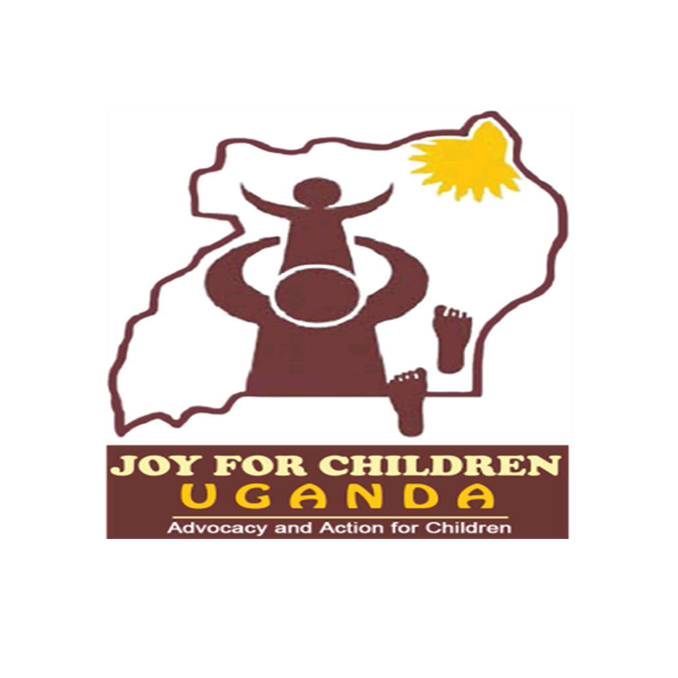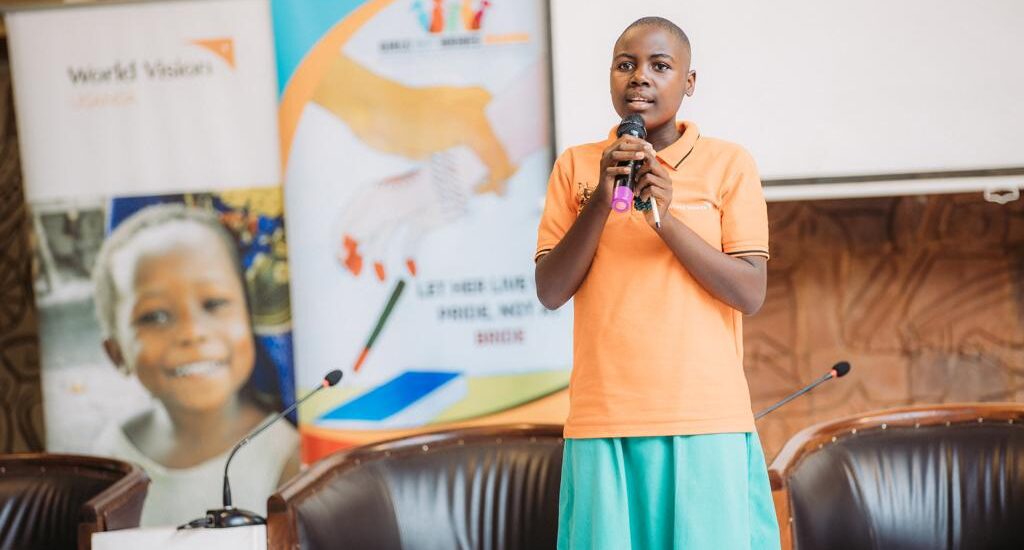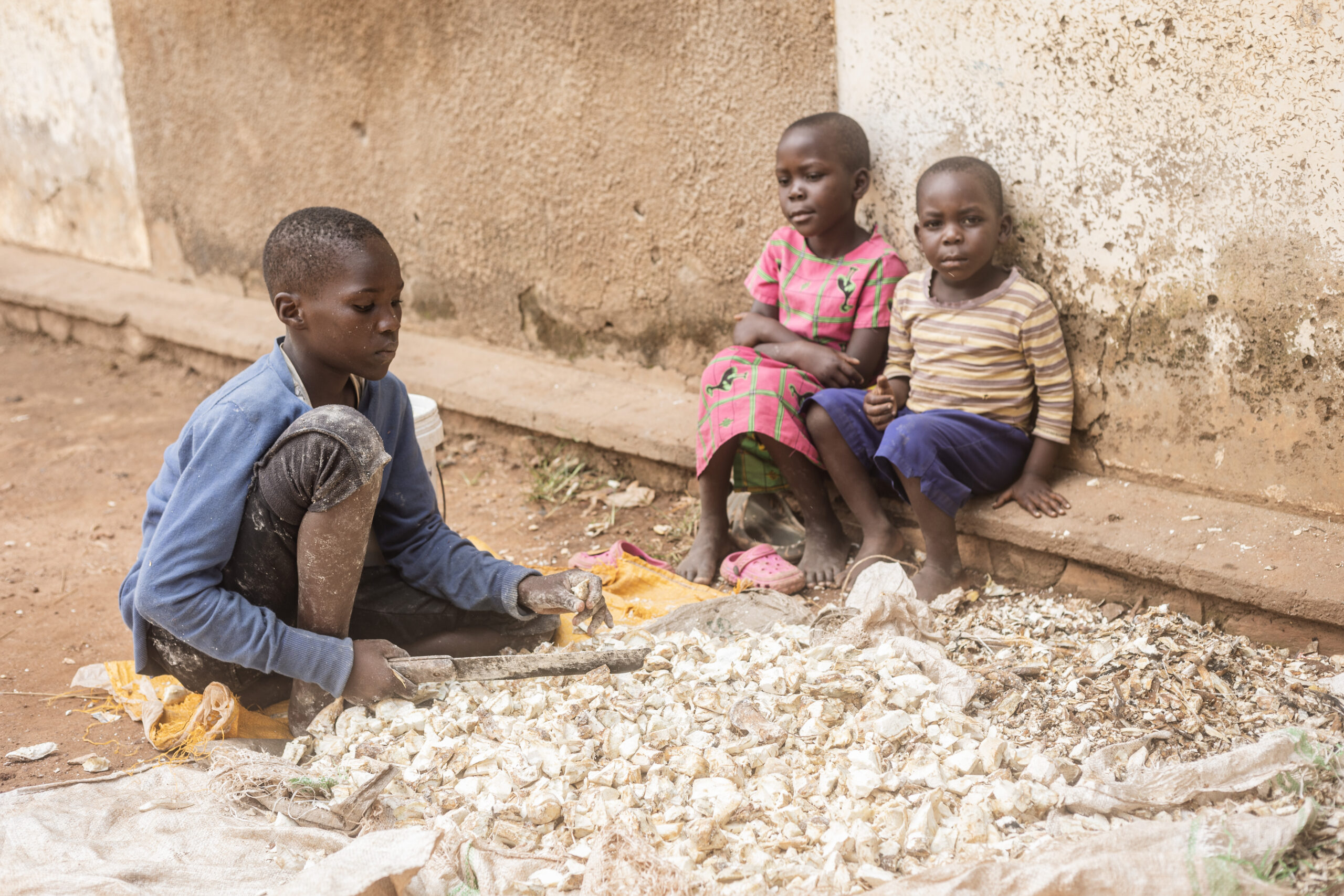Around 1 in 3 girls and women experience physical and sexual violence in their lifetime. Child marriage is a manifestation of this violence, putting girls and women at a high risk of sexual, physical and psychological violence and related outcomes like poor health, depression throughout their lives.
Girls married at a young age are often at more risk of domestic violence, abuse and sex relations. Their age and lack of education combined with their status and lack of autonomy and decision making power with in a home can make them more vulnerable to violence and abuse and such abuse is likely to continue into adulthood.
Child marriage is usually characterized by a wide gap between spouses and girls who get married at a young age are more likely to get married to men you are older. This carries additional risks for girls that they are less able to negotiate with their husband and make decisions with in a house hold and protect their own health and wellbeing.
In some cases married girls may be abandoned for second wives if they do not bare children. If divorced by their husbands or widowed, they may be rejected by their family and their in laws, shunned by the society , denied property rights and left to hustle for themselves.
Another reason that child brides may be more likely to experience domestic violence is Poverty. Poor families see marriage as pathway to great economic security for their daughters particular when education is unaffordable. Dowry systems create further incentive to poor families to marry off their daughters at a young age. Within a child marriage the male partners are likely to be more educated and have a higher social status than their young wives; these power dynamics increase the likelihood of abuse. The same factors of economic dependence and low perceptions of self-efficacy mean that women who are married at a young stage may be unable to extradite themselves from an abusive relationship.
National action needed
To end child marriage we need to address the root causes of gender based violence. This means transforming patriarchal masculinities and dismantling stereotypical social norms that drive the abuse of girls rights and gender based discrimination. To create a lasting change we need to take courage, determination and coordinated action from all sectors of the society to end child marriage
Action to eliminate child marriage must involve strong commitment and concerted action by stakeholders at international, regional, national, community, family and individual levels. Given its multiple causes and consequences , ending child marriage will require a crosss sectoral and coordinated approach to prevention nd approach. This requires collaboration and partnership between relevant government departments such as education and health care , law enforcement agencies, the judiciary, child protection services, NGOs, civil society organizations and communities.
Public policy and programmatic interventions should take a holistic approach that supports and promotes children’s rights and enables and empowers individuals and communities to address the social , economic, cultural and religious norms, and norms that perpetrate child marriage.
Government with support from civil society should adopt and implement national frameworks to end child marriage and ensure that girls are able to realize their rights to education.
What we do
Joy for children Uganda is working with members of parliament most especially Uganda Parliamentary Forum for Children(UPFC) and Uganda Women Parliamentary Association (UWOPA) to support the processes of the enactment of the sexual offences bill and advocacy for implementation of existing laws and policies to end child marriage and teenage pregnancies in Uganda.






